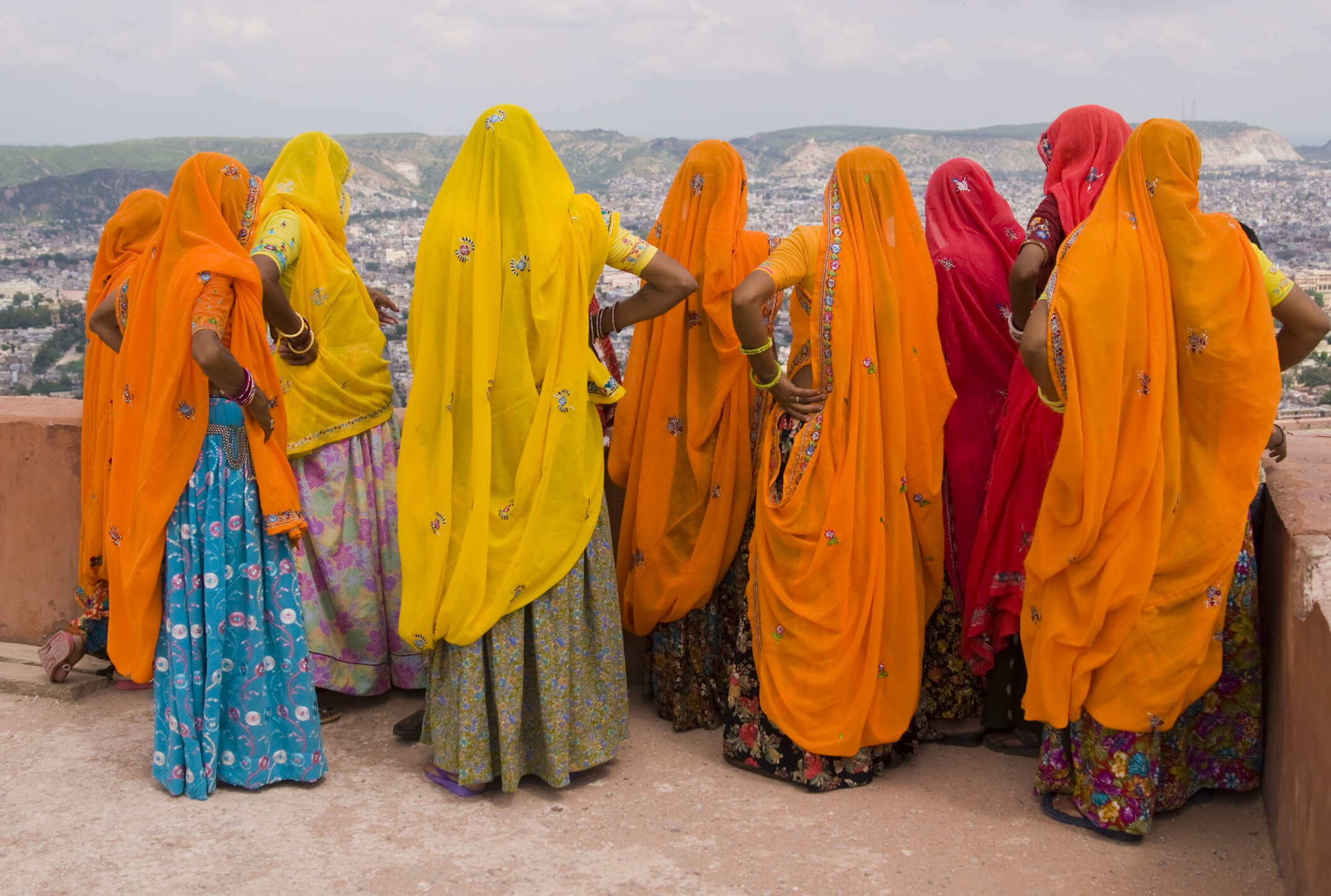Tips UP Can Take From Rajasthan To Get An Image Makeover

Starting from demographics, Uttar Pradesh (UP) and Rajasthan are quite different on several parameters — and UP clearly has many advantages over Rajasthan. Spread over an area of 342,239 square kilometres (sq kms), Rajasthan houses a relatively low population of 6.85 crore. Uttar Pradesh, on the other hand, has a population of about 20 crore living on 240,928 sq kms of land. Considering human capital is a must for a state to grow, UP scores better.
The literacy rate in Rajasthan stands at 66 per cent, while it is 69 per cent in UP. While the former has a large tract of dry and infertile land, thanks to its climate conditions, the latter is largely an agriculture-based economy and boasts a fertile land. Here, too, UP is at a comparative advantage. Nature has endowed the state fairly well, and its diversity (there is little similarity between the eastern and western parts of UP) is one of its biggest strengths.
Indian author of British origin Ruskin Bond has beautifully summed it all up.
"I had been to other countries in Europe, Asia and the Middle East but none of them had provided even half as much variety, or so much to see and experience and remember, as this one state in northern India. You can travel from one end of Australia to the other, but everywhere on that vast continent you will find that people dress in the same way, eat the same kind of food, listen to the same music. This colourless uniformity is apparent in many other countries of the world, both East and West. But Uttar Pradesh is a world in itself." (The state's official site has used this quote as its opening note.)
Despite all its disadvantages, on the other hand, Rajasthan and its brand image overshadow UP. If you ask someone who has lived in both states to compare and say which he would prefer, in almost all cases the answer could be Rajasthan.
“UP has a rich cultural history and many world-renowned tourist spots. But, assuming that people would jump right outside of, say, the Taj Mahal without noticing the squalor and dirt at the Agra Railway station would be delusional,” says conservation architect Abha Narain Lambah.
UP is less famous for the impact it has on the national politics, its cultural history, its tourist spots and unique handicraft, and it is more notorious for being a state where lawlessness prevails and dirt flows. Despite the best of their efforts, the successive governments in the state have not been able to improve UP's brand image.
Rajasthan is a different story altogether. The state government has a dedicated page on tourism, which tells you every detail about the state and would be a great help if you were planning a trip here. A welcome note by state Chief Minister Vasundhara Raje sounds even more inviting. It reads, “This land is a colourful mélange of massive forts, stunning palaces, diverse cultures, delectable cuisines and warm people, set amidst a rugged yet inviting landscape.”
“Before the renovation, the Baroda House had literally turned into a bus stop right in the middle of Lutyen's Delhi. Things changed because Raje is very supportive of the efforts to preserve her state's cultural heritage,” says Lambah, whose company undertook the renovation work of this structure.
A road trip to the state would show that the roads are clear, the surroundings are clean enough and the people are warm enough. While its historical monuments do have a crucial role to play, the above three things actually ensure people come and visit Rajasthan and go home feeling happy. The dirt surrounding the Agra is not going to leave you with similar after -twfeelings after you visit the Taj Mahal.
The two states stand as examples on how dirt and a poor image may overshadow everything good, while good infrastructure, warmth and hospitality can subdue geographical disadvantages.